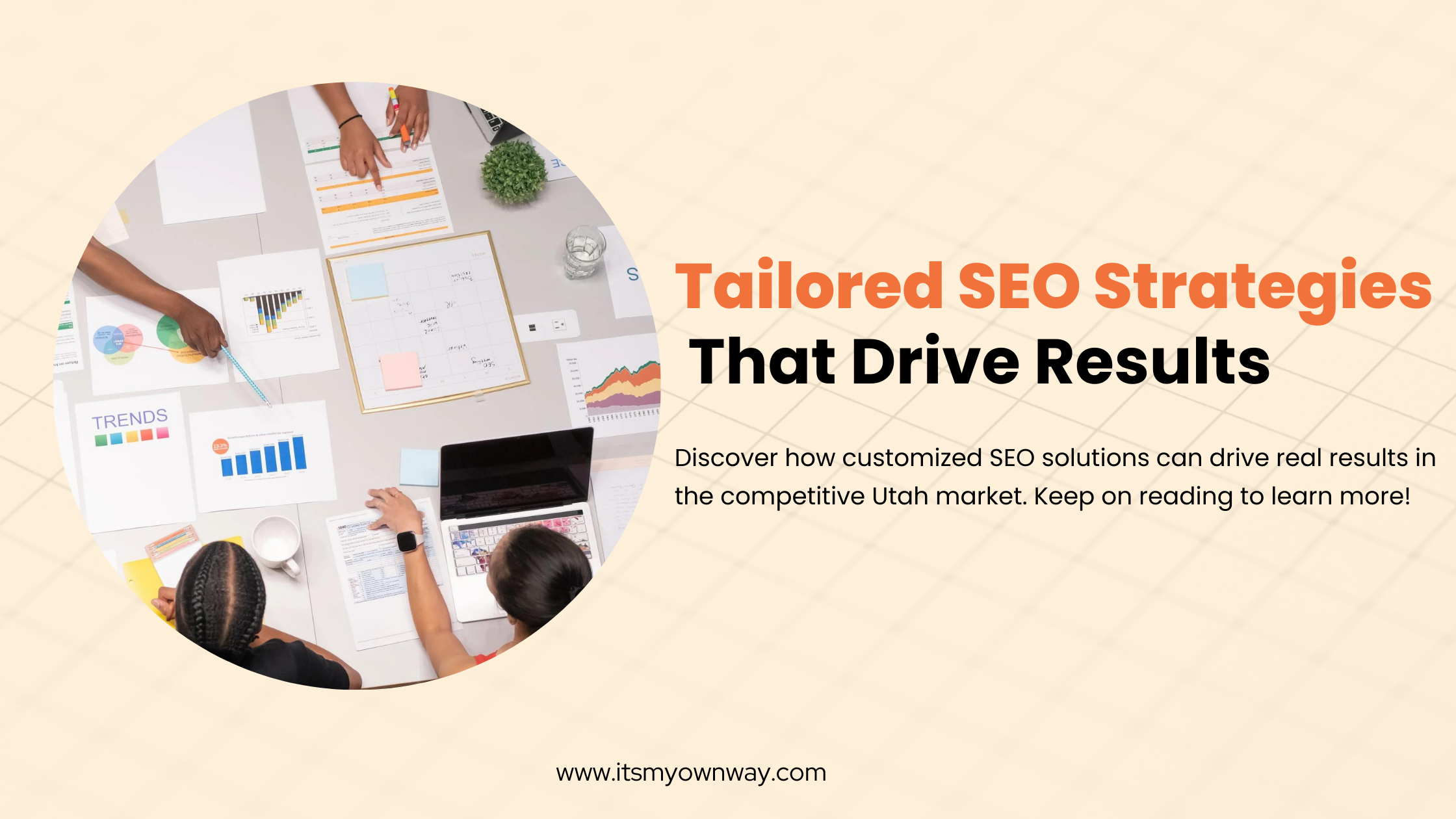The fundamentals
In order to understand the fundamental principles of digital PR,it is imperative to understand how to distinguish it from traditional PR. Both methods have a similar (but subtly different) objective. The reputation of the client or your company and brand awareness for the target audience are both sought to be enhanced. While traditional PR seeks to enhance all reputation and has a more scattergun approach to achieving recognition, digital PR is more focussed, specifically aiming at the target audience and primarily seeking to achieve high-quality backlinks.
What are backlinks?
Backlinks – the development of which is fundamental to successful digital PR – arise when one website links to another. The link to an external website is therefore known as a ‘backlink’. A web manager can use any one of a number of tools like this to check their websites for backlinks. The number of high quality (more on this below) backlinks a website can gain, the better chance it has of featuring prominently in search engine results, which is why they are seen as such an important indicator of positive SEO performance.
What makes for high-quality backlinks?
Backlinks can be thought of as conversations between websites and therefore companies. They are almost like a symbiotic relationship between friendly organizations – each gaining from spreading the word about the other.
Positive Example: You have two record shops – record shop A (RSA) and record shop B (RSB). RSA gets a backlink from RSB thanks to a recommendation of a quality business from one likeminded organization to another. This is a valuable, organic backlink and is thus deeded ‘high quality’.
In terms of other examples of the forging of quality backlinks, these avenues should be explored:
- Local listings and directories
- Guest posting (from industry experts, on your blog)
- Press releases and news articles that will encourage backlinks organically
- Great content
- Local donations and sponsorships
What kinds of backlinks to avoid
Unfortunately, ot all backlinks are created equal.
Hidden links. These are a definite ‘NO’ and arise when companies or sites agree to a link but only if it remains hidden – from users and search engines alike. This is an underhand SEO tactic that could get you in trouble.
Some paid links. Not all paid links are sketchy – some directories offer great services for paid links that are entirely above board. On the other hand, there is any number of dodgy online directories, who essentially offer spamming services and provide distinctly poor quality backlinks.
Some forums and blogs. Some companies litter their forums and blogs with spammy backlinks and this is seen as a very dodgy tactic, while also looking clumsy and outdated.
Some reciprocal links. Unlike the record shop example, which involves two companies with an existing relationship, whereby they send each other customers in case one store can help where the other cannot, there are other examples of companies that have nothing in common and spam links to each other in a distinctly non-organic manner. This is another example of poor quality backlinks.
Other digital PR objectives
As well as the achieving of strong, ethically sound backlinks you should also think about the following
- Raise your brand awareness
- Boost traffic to your homepage and other desired pages
- Target your social following (this also can help with backlinks)
- Shine a light on new products or services
- Highlight and explain your USP (Unique Selling Proposition)
The benefits of digital PR
While the benefits of all of the above should be clear, you can be sure that a strong digital PR strategy will help drive traffic, raise brand awareness to the right demographic, improve SEO ranking and provide a tangible way of measuring marketing success.










